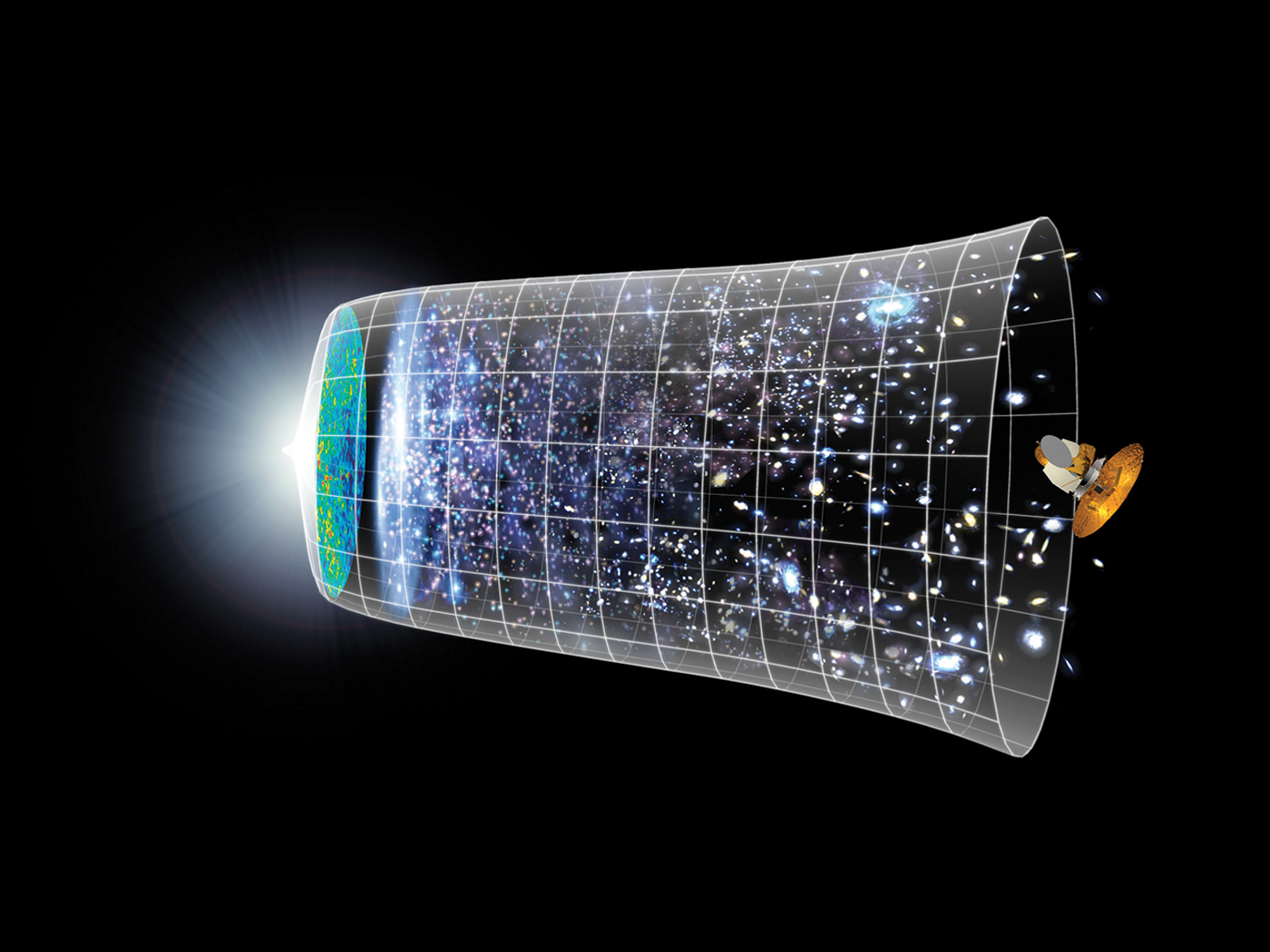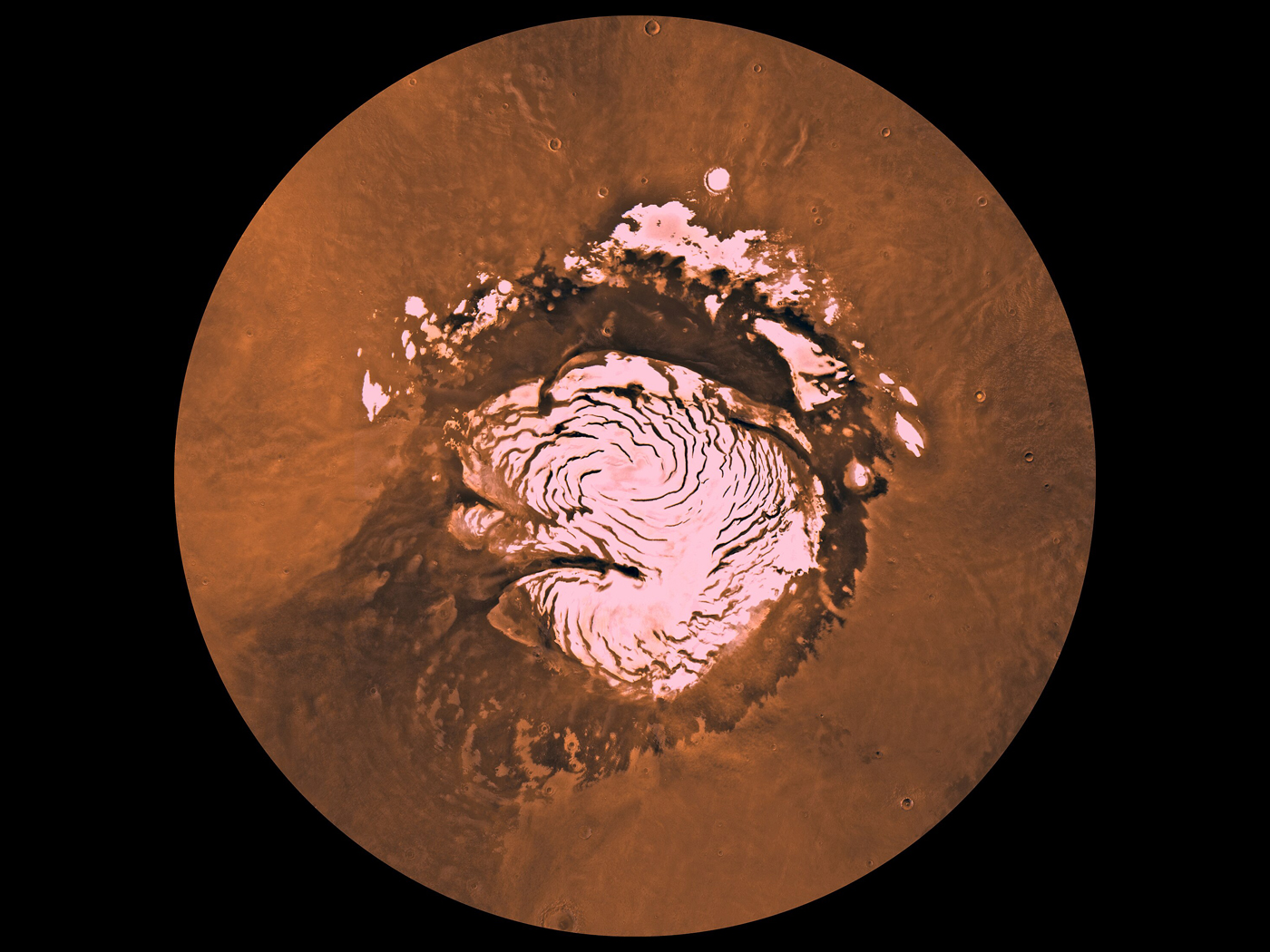The production of artificial life is supposedly just around the corner. But ever since the famous 1953 Miller and Urey experiment failed to spark life in the laboratory just from chemicals, that corner has proven painstakingly long to get around.
In August, biologist Craig Venter of the J. Craig Venter Institute in Maryland was reported as predicting that artificial life is just months away.1 His team had cloned, added to, and modified the DNA of a “simple” bacterium called Mycoplasma mycoides (a prokaryote).
The complex procedure they used involved taking plasmid sequences from yeast (eukaryote) and adding them to the Mycoplasma chromosome. This engineered chromosome was swapped for the yeast genome, making a reproducing, yeast-like bacterium. This series of steps promises to expedite the transfer of an artificially synthesized genome into a cell. Researcher Sanjay Vashee said that his team had achieved “a major advance in our effort to create a synthetic cell.”1
A number of questions, however, leave wide room to doubt that Venter’s artificial life will be anything more than a substance that has been intelligently engineered. Will his particular incarnation qualify as artificial life among his colleagues? Team member Hamilton Smith said “a synthetic genome” will be made, but how synthetic will it be? How “natural”—i.e., dependent on mere laws of chemistry and not on engineering—would the genome assembly be? Who would decide how each gene would be specified and where it would be placed in the genome? Where would the enzymes come from to build the genome?
“Assuming we don’t make any errors, I think it should work and we should have the first synthetic species by the end of the year,” Venter said.1 But all his team will have done is copy, disassemble, and then reassemble the components of already existing created life.
If and when Venter’s team creates artificial life, it will only have been a product of purpose and applied power and intelligence. And its life-likeness will have been almost entirely copied from pre-existing life in bacterial cells.
It will, however, stand as an incredible technical achievement that illustrates the creativity and diligence that are part of the “image of God” in humans, as well as the extremely precise engineering involved in even the very smallest of God’s living creations.
References
- Doctor Believes Artificial Life Is Just Months Away. redOrbit. Posted on redorbit.com August 23, 2009, accessed August 26, 2009, reporting on research published in Lartigue, C. et al. Creating Bacterial Strains from Genomes That Have Been Cloned and Engineered in Yeast. Science. Published online August 20, 2009.
* Mr. Sherwin is Senior Science Lecturer at the Institute for Creation Research.
Article posted on September 4, 2009.











